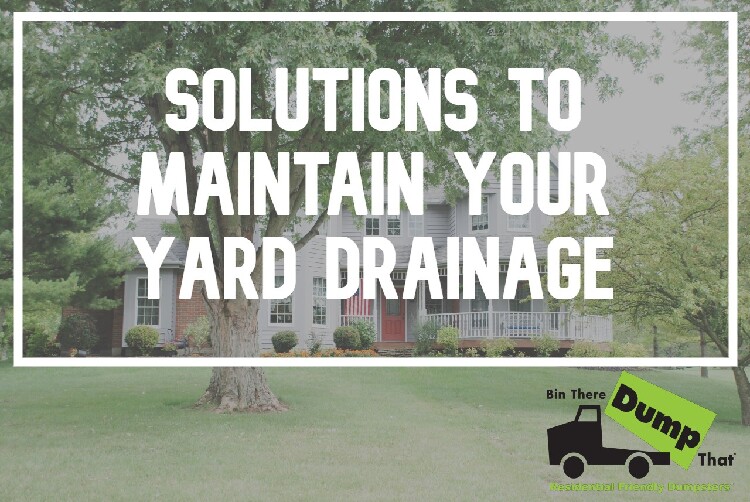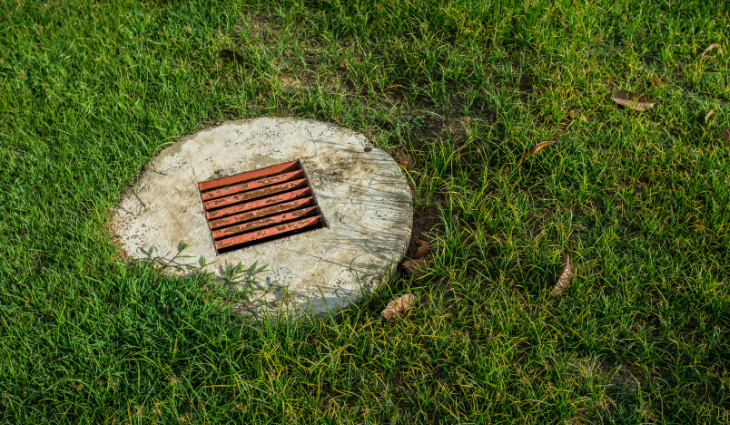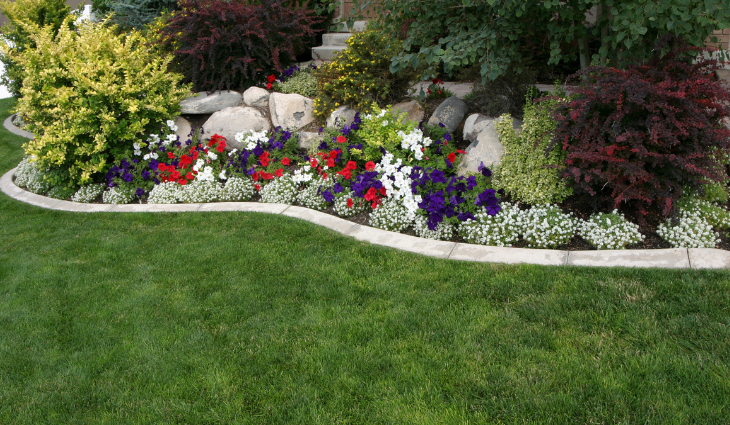
Solutions to Maintain Your Yard Drainage
Solutions to Maintain Your Yard Drainage
A well-maintained yard not only enhances the aesthetic appeal of your home but also contributes to its overall functionality. One crucial aspect of yard maintenance is ensuring proper drainage. Poor yard drainage can lead to a range of issues, including water pooling, erosion, and even foundation damage. To prevent these problems, it's essential to implement effective drainage solutions. In this article, we will explore various techniques to maintain your yard drainage, including cleaning yard drains, preventing clogs, and fixing bad drainage.
How do I clean my yard drain?
Regular cleaning of yard drains is essential to ensure they function optimally. Over time, debris such as leaves, twigs, and dirt can accumulate, obstructing the flow of water. Cleaning your yard drain involves the following steps:
- Locate the drain: Yard drains are typically situated in low-lying areas or near the foundation of your home. Look for a grated or open channel where water collects and flows.
- Remove the grate or cover: Use a screwdriver or similar tool to lift the grate or cover of the drain. Be cautious while doing this to avoid injuring yourself.
- Clear debris: Use a gloved hand or a small rake to remove any visible debris from the drain. Dispose of the debris properly to prevent it from entering the drainage system.
- Flush the drain: After removing the visible debris, use a garden hose with a high-pressure nozzle to flush the drain. This will help dislodge any remaining debris and ensure proper water flow.
- Inspect and replace: While cleaning, inspect the drain for any signs of damage or deterioration. If you notice cracks or missing components, it's advisable to replace or repair the drain to prevent future problems.

How do you keep a yard drain from clogging?
To maintain proper yard drainage and prevent clogs in yard drains, implementing effective strategies is crucial. Here are some techniques to keep your yard drain from clogging:
Install a grate or cover: Placing a grate or cover over your yard drain provides a physical barrier against large debris like leaves and branches. This prevents them from entering the drain and causing clogs. Make sure the grate or cover is securely attached and has small openings to block debris while allowing water to flow through.
Regular maintenance: Establishing a routine maintenance schedule is essential for keeping your yard drain clean and free from debris. By regularly cleaning the drain, you can proactively prevent clogs and ensure optimal water flow. Remove any accumulated debris from the drain, such as leaves, twigs, and dirt.
Install a debris filter: Consider installing a debris filter or catch basin insert in your yard drain. These devices serve as an additional line of defense, capturing debris before it enters the drainage system. Clean the filter or basin regularly to maintain its effectiveness in preventing clogs.
Avoid excessive landscaping debris: Minimizing the amount of landscaping debris that can enter your yard drain is key to preventing clogs. Keep trees, shrubs, and plants trimmed to minimize falling leaves and branches. Regularly rake and remove any organic matter, such as fallen leaves and grass clippings, from your yard. This reduces the risk of debris entering the drain and causing blockages.
By implementing these strategies, you can maintain the functionality of your yard drain and ensure proper backyard drainage. Regularly cleaning the drain, installing a grate or cover, using debris filters, and managing landscaping debris will go a long way in preventing clogs and maintaining optimal water flow.
Additionally, using proper drainage gravel and considering the installation of a driveway drain can further enhance your overall yard drainage system. Properly designed and maintained yard drainage is essential for preventing water pooling, erosion, and potential damage to your property's foundation.

How often should you clean outside drains?
The frequency of cleaning your outside drains depends on several factors, including the amount of debris in your yard, the proximity of trees and plants, and the local weather conditions. As a general guideline, it is recommended to clean outside drains at least twice a year. However, if you live in an area with heavy rainfall or a significant amount of debris, more frequent cleaning may be necessary. Additionally, inspect your drains after storms or heavy downpours to ensure they haven't become clogged or damaged.
How do I fix bad drainage in my yard?
When dealing with poor yard drainage, it's important to explore various solutions to address the issue and prevent water-related problems, including damage to your foundation. Here are several effective approaches to consider:
Install a French drain: A French drain is a widely used drainage system that effectively redirects excess water away from your yard. This system consists of a perforated pipe buried in a trench filled with drainage gravel. The gravel allows water to seep into the pipe, which then carries it away from the problem area, providing effective foundation drainage.
Build a dry well: Constructing a dry well is another effective method for managing excessive water in your yard. To create a dry well, dig a sizable hole and fill it with drainage gravel. In the center, place a perforated pipe. The purpose of the dry well is to collect and temporarily store the excess water until it gradually seeps into the surrounding soil, preventing it from causing water accumulation and foundation issues.
Create a rain garden: A rain garden is an environmentally friendly solution that utilizes plants and natural processes to manage water runoff. By strategically designing a depression in your yard and selecting water-tolerant plant species, you can effectively absorb and filter excess water. The rain garden not only helps with foundation drainage but also adds beauty and promotes biodiversity in your yard.
Grade your yard: If your yard lacks proper slope for drainage, regrading specific areas can significantly improve the situation. This process involves reshaping the landscape to create gentle slopes that direct water away from your home and toward appropriate drainage points. By grading your yard, you can ensure that water flows away from your foundation, reducing the risk of water-related damage.
With these solutions, such as installing a French drain, building a dry well, creating a rain garden, or regrading your yard, you can effectively address and improve the drainage issues in your yard. Adequate foundation drainage is essential for safeguarding your home's structural integrity and preventing water damage that could be costly to repair.

How do I drain my yard without slope?
While having natural slope in your yard is advantageous for drainage, it is possible to manage yard drainage even without slope. Here are a few techniques to achieve this:
Install a yard drain system: Consider installing a yard drain system that consists of a series of connected pipes and catch basins. These underground drains can collect and channel water away from low-lying or problem areas, even if there is no natural slope.
Utilize a sump pump: If you have a particularly problematic area with standing water, installing a sump pump can be an effective solution. The sump pump will collect water and pump it away from your yard, preventing water accumulation and potential damage.
Implement a retention pond: A retention pond is a larger-scale solution that involves excavating a depression in your yard to collect and hold excess water. By strategically locating the pond, you can ensure that it effectively manages water runoff, even without significant natural slope.
Maintaining proper yard drainage is crucial for the overall health of your yard and the integrity of your home's foundation. By implementing regular cleaning, preventing clogs, and employing appropriate drainage solutions, you can ensure that your yard remains free from water pooling, erosion, and potential damage. Remember to clean your yard drains regularly, take preventive measures to avoid clogs, and consider various drainage techniques to fix bad drainage or manage water without natural slope. By doing so, you can enjoy a well-maintained yard that adds value and beauty to your property.
Related Blog Posts
- Revive Your Home for Spring with This Spring Home Maintenance Checklist
- 10 New Home Trends That Will Make Your Friends Jealous
- How Our Dumpsters Support Realtors and Property Managers: A Comprehensive Guide
- 12 Jaw-Dropping Clutter Statistics That Will Make You Want to Declutter Today!
- Unlocking Space: The Complete Guide on Pocket Door Installation
- Step by Step Guide on How to Install Carpet Like a Pro



